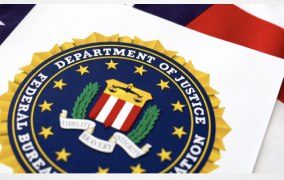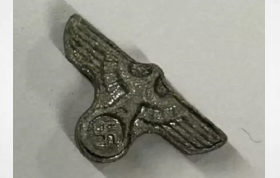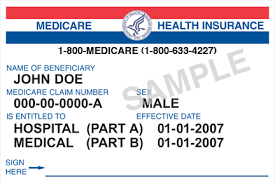2 September 2016
They report
A study published in Health Affairs (2016;35:1230-1236) examined data for all prescriptions filled by Medicare Part D enrollees between 2010 and 2013. By the end of that time period, 17 states and Washington, D.C. allowed legal use of medical marijuana. The study found that prescription drug use fell in those states by an amount that represented an overall reduction in expenditures of about 0.5%, with an estimated savings of $165.2 million in 2013 alone.
“I was surprised that the results were consistently large and significant,” said co-author W. David Bradford, PhD, an economist in the Department of Public Administration and Policy at the University of Georgia, in Athens. “No matter how we specified the model, it really did not change the point estimates. The results were extremely robust, which is not a common phenomenon in my field.”
Dr. Bradford, along with his daughter, Ashley C. Bradford, a graduate student in public administration at the same university, had data on some 87 million physician/drug observations over the four study years, but restricted their analysis to drugs that treat one of nine conditions for which marijuana might be considered a viable alternative treatment: anxiety, depression, glaucoma, nausea, pain, psychosis, seizures, sleep disorders and spasticity.
“Pain is clearly the condition most treated by marijuana, and the indication with the best clinical evidence,” Dr. Bradford said. “The response we saw to medical marijuana for pain was larger by at least a factor of three than any of the other eight categories that we studied. Pain has perhaps been studied more commonly than the other eight conditions for marijuana.”
For seven of the nine categories, excluding glaucoma and spasticity, the investigators found that by implementing an effective medical marijuana law there was a reduction of between 265 daily doses for depression and 1,826 daily doses for pain, filled per physician per year.
Despite marijuana being federally classified as a Schedule I drug (the most restrictive category), Dr. Bradford is not surprised that it is being used as substitution therapy. “For quite some time, the federal government has had a de facto policy of not actually enforcing federal law for medical marijuana in states where it is approved,” he said. “Indeed, that has now been the subject of formal memos from the federal government.”
Nonetheless, Dr. Bradford was somewhat astonished that the marijuana effects were so large in Medicare. “You might imagine that this older population would be less receptive to marijuana use,” he said. “However, it is worth bearing in mind that roughly 16% of the Medicare population is not aged, but a younger, disabled population.”
David Feingold, PhD, an addiction psychologist and researcher with the addiction medicine services at Sheba Medical Center, in Ramat Gan, Israel, said the study’s “bottom-line numbers are indeed convincing, associating legalization of medical marijuana with such a substantial decrease in the use of FDA-approved prescription drugs, including pain medications. However, as the authors acknowledge, further research is necessary in order to explore whether this actually reflects an increase in the overall use of medications, including medical marijuana, due to demand expansion.”
Dr. Feingold pointed out that the term “medical marijuana” does not describe a single substance or compound, “but rather a variety of strains, which differ in their composition and effect. There is no sufficient standardization in the use of medical marijuana distributed to pain patients.” He also mentioned that the various ways in which marijuana affects the brain, including long-term adverse effects on cognitive functioning, are not fully understood. “Regular use of marijuana affects cortical areas associated with motivation and learning and, therefore, may lead to problematic use, abuse and dependence,” he said.
Dr. Feingold is lead author of a recent article in the journal Pain Medicine that addresses problematic use of prescription opioids and medicinal cannabis in patients suffering from chronic pain (2016 Jun 26. [Epub ahead of print]). “Among pain patients treated with prescription opioids and medical marijuana, prevalence of problematic use was at least 17.1% and 10.6%, respectively,” he said. “Hopefully, in the near future, we will see more standardized, patient-tailored indications for the use of medical marijuana, as well as careful screening for factors associated with problematic use.”
Today, 25 states plus Washington, D.C. have medical marijuana laws. If all 50 states and Washington, D.C. allowed legal marijuana use, the yearly savings in Medicare Part D is estimated to be around $470 million for 2013 and even more for 2016. “As people view marijuana as more normal, I would expect even larger reductions in spending,” Dr. Bradford said.
He and his daughter are currently studying Medicaid recipients, for which they are finding at least similar results for medical marijuana use and perhaps slightly larger, due to the younger population.
In July, the two investigators and two other faculty members at the university submitted a paper to an undisclosed journal assessing opioid deaths nationwide at the county level between 2000 and 2014. “We found that among states that adopt dispensary-based marijuana laws, there is a significant reduction in opioid deaths,” Dr. Bradford said. “Our data from that study and the Medicare study suggest that medical marijuana laws are helping to potentially divert people from opioids.”

















